When Ayla and Jana first walked into the schoolyard, they didn’t know each other. They didn’t know anything about each other. When they spoke for the first time, they could not even understand each other. But today, they are best friends.
We accidentally met as we were trying to find material for a project.
She gave me the materials.
We accidentally met.
Then we noticed that we were on the same volleyball team, so we were hanging out there too. Our projects were a place where we met and got together, not only with Jana. I have other friends from Macedonian classes.
The friendship was born in a classroom but continued outside.
Jana and Ayla are only two of more than 8,000 students who were part of the USAID’s Interethnic Integration Education Project activities.
Here at the school, Zivko Brajkovski in Butel, we will see what one class looks like and whether students learn how to understand each other and respect each other.
Hello kids
Hello, hello
Hello Verche, Hello Layla. In this classroom you conduct your classes with children from different ethnic backgrounds. What exactly you are doing in these classes?
This is an extra-curricular activity as part of the Interethnic Integration in Education Project.
Lela, what are the goals of this activity?
To improve interethnic integration in education and raise awareness among students to overcome prejudice and stereotypes.
And now we can look at how the students work.
How hard it is for you to speak Macedonian and Albanian? Are you able to understand each other?
Are you having fun in these classes? Is it more fun than mathematics?
We are able to understand each other, but not always, because there are students who do not know Macedonian well, and the Macedonians do not know Albanian well, but we manage.
The topic of our project is recycling. In order to do this, we need to mingle, cooperate, and communicate with our peers.
The recommendations are related to ethics, good behavior, and education.
Buba and Sabahete are teaching at the Cyril and Methodius school in Kumanovo Romanovce, through this project they managed to raise generations about children who now know the true value of coexistence.
When they become friends at the age of six, those friendships will last for a long time.
It is great that we have wonderful parents who always support us.
The implementation of the project for interethnic integration in education started in 2011.
It worked with all primary and secondary schools in the country, with over 450 schools, and will continue for the next 5 years.
“Education is the strongest weapon you can use to change the world,” written on one of the posters in a Butel school visited by our crew.
As of today, every school in Macedonia and each student in Macedonia will have access to the Internet and thus access to the world.
This was my motive to check what other activities supported by the U.S. Agency for International Development managed to change Macedonia. Then I ran into articles from the BBC, Financial Times, and The New York Times about Macedonia being the first all wireless Internet country in the world.
It was really funny when we traveled abroad, and our friends would ask us for an email address, and we did not have one because we did not have Internet.
As of today, every school in Macedonia and each student in Macedonia will have access to the Internet and thus access to the world.
The Macedonia Connect Project was launched in 2004 when Internet access in Macedonia was less than 5 percent. This project provided access to the Internet in virtually every school. It provided Internet connections, competition in the market, and therefore a lower price, and greater accessibility not only for education but also for society as a whole.
With this project, practically every elementary and high school in Macedonia got access to the Internet.
Our idea was to introduce the Internet as a tool in the teaching process that will be available everywhere. Just as we have electricity and water in schools, we were aiming to have Internet access to improve the educational process.
Internet, education, democracy, cohabitation. What was USAID doing in Macedonia? Today, when we celebrate 25 years, we ask the U.S. Ambassador Jess Bailey, is USAID a true friend of Macedonia?
Interview with Ambassador Bailey: 25 years of USAID in Macedonia.
What are the projects that you are the most proud of?
Well, for 25 years, the United States through USAID, even before we had formal diplomatic relations, has been here to help Macedonia’s citizen their essential aspirations to be a prosperous, inclusive, resilient democracy fully embedded into European institutions.
One of my favorites is one I think you have already seen the Youth Interethnic Integration project, where children can learn that the other ethnicities, whether they be Macedonian, Albanian, Turkish, Roma, share a whole lot more than they have differences. That’s a very important thing for this country as it moves forward. I’d say that’s probably my favorite project.
One project that I’ve been able to see a lot is the Micro and Small Enterprises Project that ended last year.
Among its many achievements, it was able to connect Macedonia into the whole emerging market of adventure tourism of tourists who are not only look for outdoor activities, but also searching for authentic things see and Macedonia presents a wonderful opportunity for them. In some ways, this USAID project helped put Macedonia on the tourism map, in a way that is very sustainable and in a way that involves lots of smaller businesses, including at a village level.
How much have the American people invested in Macedonia in these 25 years through USAID?
U.S. assistance, which includes USAID as the largest part, but not the only part, has been about $600 million.
I think focusing on that figure though doesn’t really capture how we see our assistance.
Our assistance, I think we see more as an enabler, a catalyst for certain kinds of things.
Let me give you an example.
In one of the projects we did, it does not sound like very much, but we worked with Macedonian Ministries to enable Macedonia to join the World Trade Organization and to benefit from the rules of the World Trade Organization.
That wasn’t a whole lot of money on the grand scale, but it’s very important for Macedonia’s long-term economic growth.
Today you are starting a campaign, “For 25 Years USAID has been a true friend of Macedonia”.
What are the key messages of the campaign and what kind of activities will you have?
Well, the key message is that we are a friend, we are a partner, and I think our friendship is here to stay.
At the end of the day, the success of Macedonia is going to be on its own citizens, its own leaders, how they respond to these things.
When I look back at the projects that have been more successful than others, there’s always a highly motivated individual involved in that project in driving it forward.
You can see that, for example, in Fx3x, a company that does digital animation for Hollywood. That was somewhat an almost improbable outcome of our Digital Media Park project that we helped support.
But at the end of the day, we can put a project together, but if you don’t have those talented, motivated people, it’s not going to happen.
And that’s true in education, that’s true in politics, that’s true in journalism.

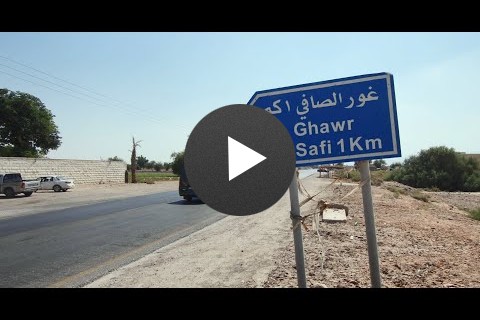
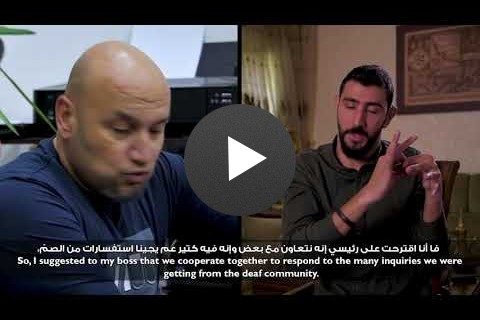
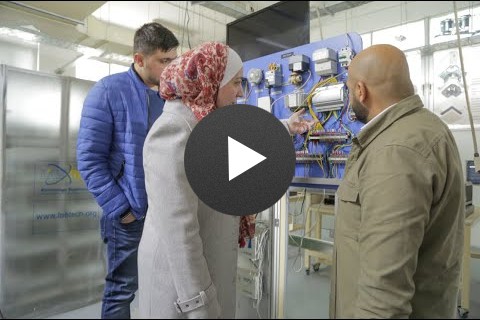
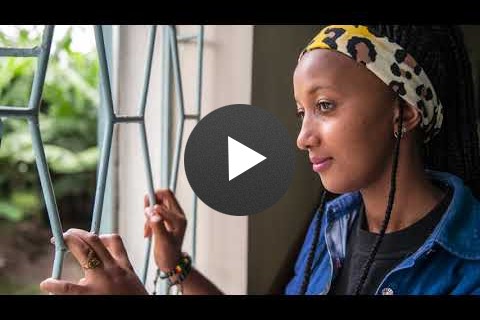
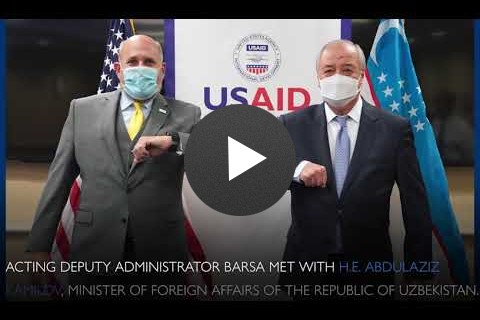
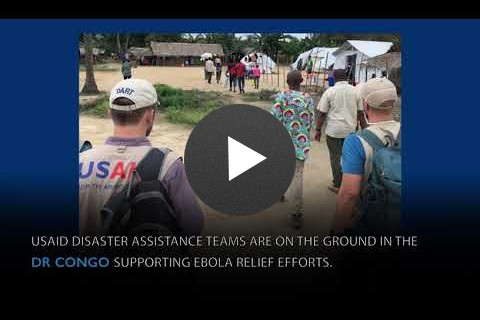
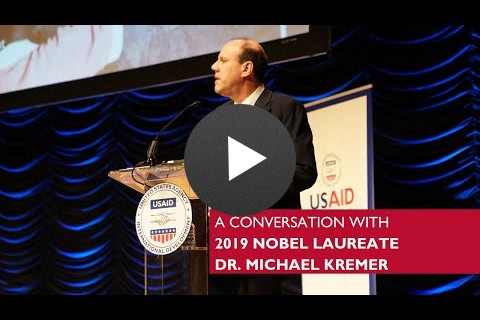
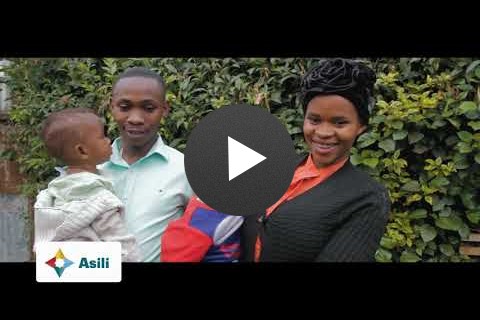
Comment
Make a general inquiry or suggest an improvement.